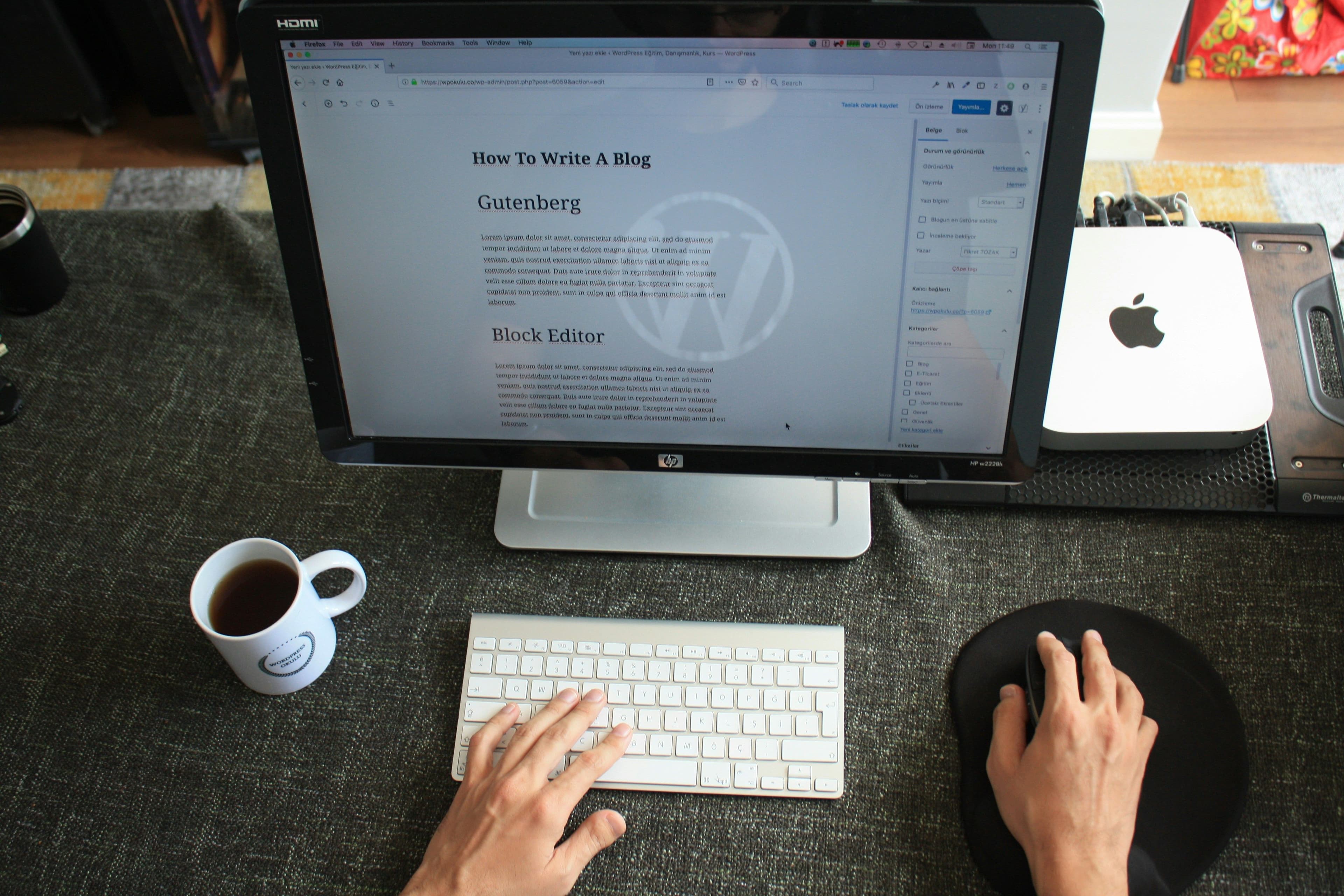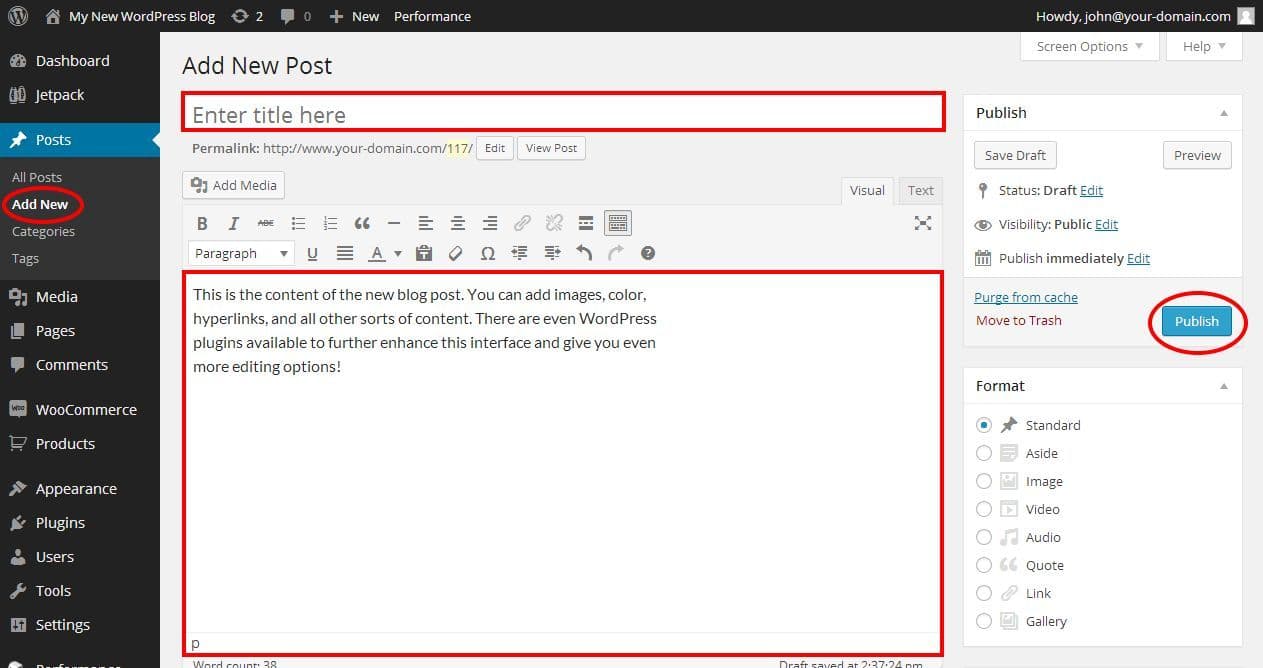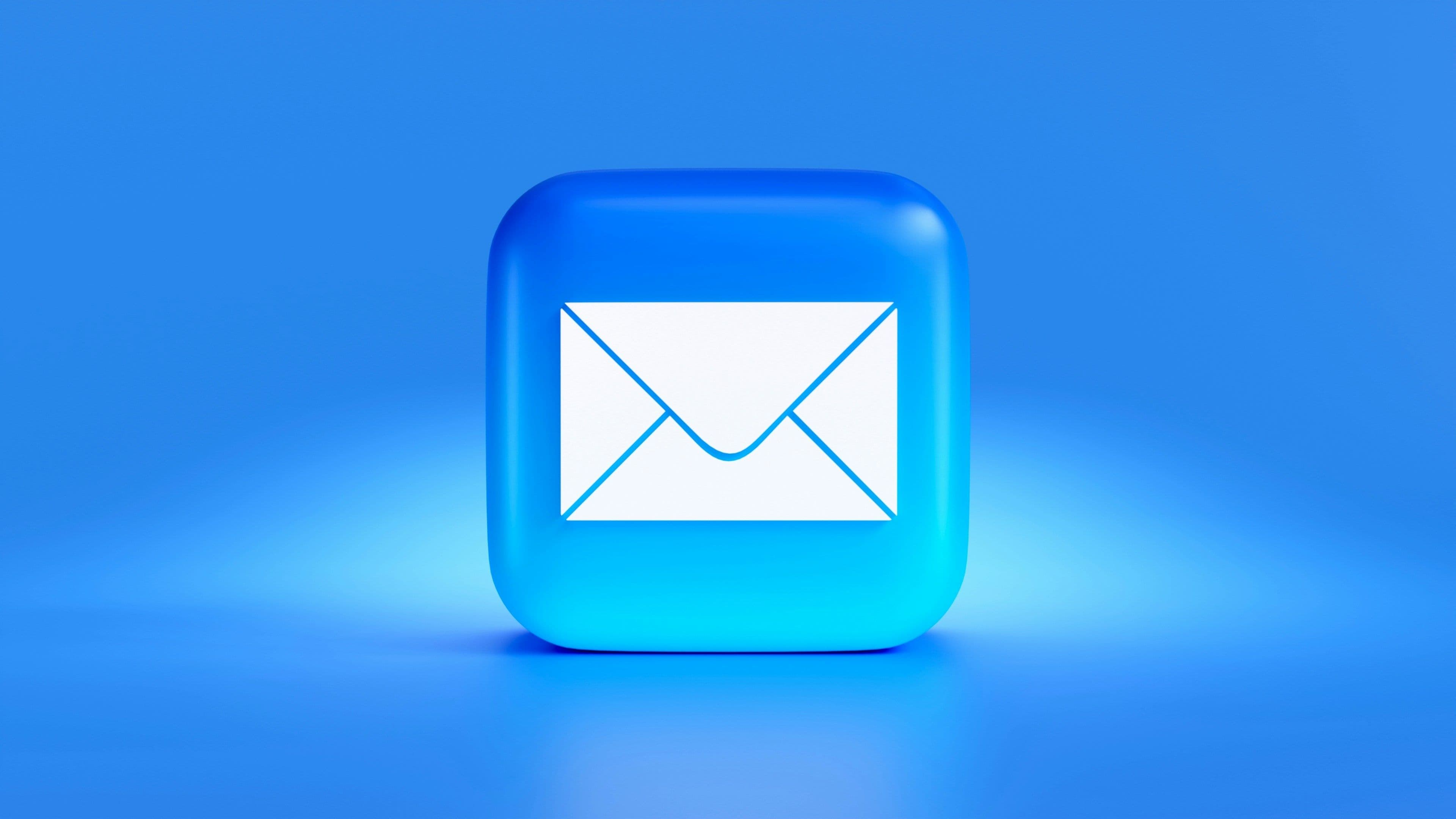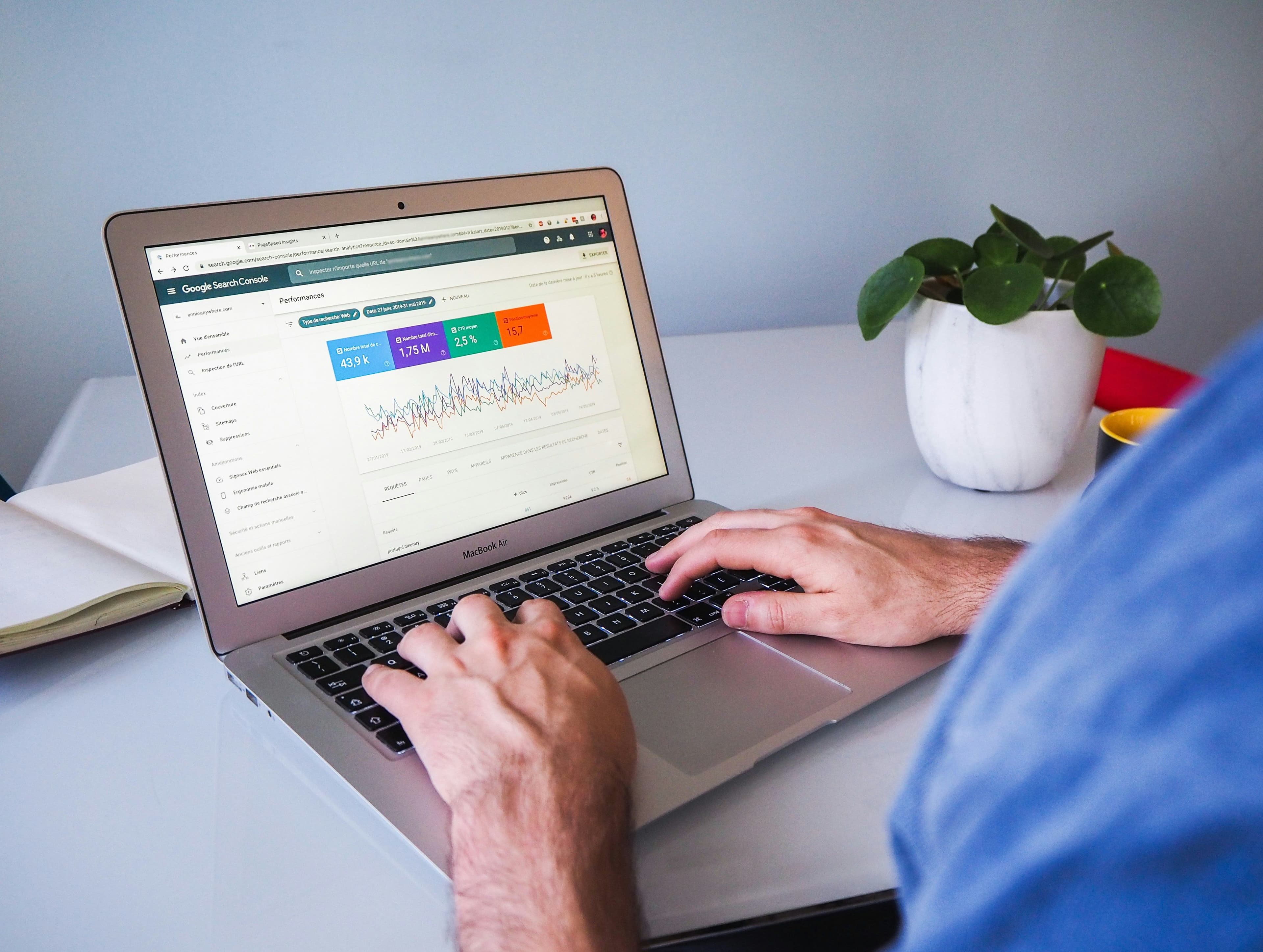How to Start a Blog in 2025: Your Complete Beginner's Guide
Learn how to start a blog in 2025 and turn it into a profitable side hustle. This complete beginner's guide shows you exactly how to create your blog in under 20 minutes and start making money online through affiliate marketing, digital products, and advertising. Perfect for anyone looking to start side hustles that generate passive income. Get step-by-step instructions, monetization strategies, and promotion tactics that actually work

"Maya, I have this amazing business idea, but every time I try to start a blog, I get completely overwhelmed and give up within an hour." Sound familiar? Trust me, I've heard this story a thousand times, and honestly, it was my story too.
What You'll Learn in This Guide
- A live blog in under 20 minutes (yes, really—I timed it!).
- Zero tech headaches with my step-by-step process
- Content strategies that actually convert browsers into loyal readers
- Monetization tactics that don't feel gross or pushy
- The promotion playbook I wish I'd had when I started.
Let me tell you something that might surprise you: when I accidentally went viral on Instagram while studying abroad in Barcelona, I had absolutely no clue what I was doing. I was just sharing my genuine experiences, the good, the messy, and the "did I really just eat that?" moments.
That's when it hit me: the best content doesn't come from being perfect. It comes from being real.
Fast forward eight years, and I've helped everyone from nervous solopreneurs to Fortune 500 companies build authentic blogs that actually connect with people. And you know what the biggest myth is? That you need to be some kind of writing genius or tech wizard to succeed.
Spoiler alert: you don't.
Need help getting started? I personally respond to every email and love helping beginners launch their first blog. Contact me with any questions.
Should You Even Start a Blog? (Let's Be Honest Here)

Before we dive into the how-to, let's talk about the elephant in the room. Maybe you're thinking, "Aren't blogs dead? Isn't everyone just doing TikToks and Instagram Stories now?"
Here's the truth: blogs aren't just alive—they're thriving. But the game has changed.
Personal confession: I used to think blogging was just online journaling. Then I realized my "random" study abroad posts were actually solving problems for other students. That's when everything clicked: blogging isn't about you; it's about serving your audience.
Why Blogging Still Wins in 2025
- You own your platform: no algorithm changes can tank your business overnight.
- Long-form content builds trust in ways that quick social posts never can.
- Search engines love blogs: hello, free traffic for years to come.
- It's the ultimate relationship builder: nothing beats the comments section for real connection.
The real question isn't whether you should start a blog. It's whether you're ready to show up consistently for your audience. If that's a yes, let's build something amazing together.
The Complete 6-Step Guide to Starting Your Blog
I'm going to walk you through my proven system that's launched hundreds of successful blogs. No fluff, no overwhelm, just the exact process I wish someone had shown me back in 2016.
Step 1: Pick a Blog Name (That Won't Make You Cringe Later)
Let's start with the fun part: naming your digital baby! But here's where most people get stuck for weeks. Don't do that to yourself.
The "Maya Method" for choosing a name:
First, forget about being clever or cute. Your blog name should tell people exactly what they're getting. When someone hears "DigitalGrowthLab," they immediately know I'm about digital marketing strategy, not cooking tips.
Three Naming Approaches That Actually Work
1. Your Name + Your Thing: Like "Sara's Social Media" or "Mike's Marketing"
2. Problem + Solution: Think "Overwhelmed to Organized" or "Broke to Brilliant."
3. Your Audience + Your Expertise: Like "Entrepreneurs Unlocked" or "Busy Mom's Business"
I helped a client who was stuck between "Jennifer's Journey" and "The Mindful Entrepreneur." We went with "Mindful Entrepreneur" because it told her ideal reader exactly what to expect. Six months later? She's booked solid.
How to Choose Your Blog Topic
If you don't have an idea for a name already, the first step is choosing your blog topic.
Life experiences work amazingly well. Everyone has lessons they've learned through life experience. Think about the things you've experienced—this could be related to your family, work, or other life experiences like dealing with challenges or celebrating happy times.
A personal blog is all about you and includes a variety of topics, from daily activities to random thoughts and musings. This is a great way to share your thoughts without sticking to just one topic.
Hobbies and passions are perfect starting points. Cooking, travel, fashion, sports, and cars are classic examples. But even blogs about niche hobbies can be successful because you're tapping into a global audience.
Pro tip: If your dream name is taken, try adding "The," "My," or "Best" before it. You can also try different domain extensions like .net or .org if .com is unavailable.
Step 2: Get Your Blog Online (Without Having a Panic Attack)
Okay, this is where people usually run screaming. But I promise you, if you can order coffee on an app, you can do this.
You need three things to get online, and the good news is they all come bundled together:
What You Actually Need
- Domain registration (claiming your web address)
- Web hosting (where your blog lives on the internet)
- Blogging software (WordPress – and yes, it's free)
I recommend BlueHost because they make this process ridiculously simple. Plus, they've been WordPress's recommended hosting partner since 2005, which tells you something about their reliability.
The real talk on pricing: You're looking at about $2-4 per month to start. That's less than your daily coffee habit. And honestly? If you're not willing to invest the cost of a latte in your dreams, we need to have a different conversation.
Exact Steps to Get Online
Go to Bluehost and click "Get Started"—they'll walk you through everything.
Choose the Basic plan: It has everything beginners need. All Bluehost plans include a free custom domain name, easy WordPress installation, web hosting, and custom email addresses.
Enter your domain name: Type in the name you picked in Step 1 and click "Search for Domain."
Choose your hosting package options: I recommend deleting the "Professional Email" free trial. You can still create custom email addresses without this feature.
Fill out your billing details and create your account password.
Log in to WordPress: once you complete checkout, click "Edit site" to access your WordPress dashboard.
Real talk: I spent three days overthinking hosting options when I started. Don't be me. Just pick one and move forward. You can always change later, but you can't build an audience from the planning phase.
Step 3: Make It Look Amazing (Even If You're Not a Designer)
This is where the magic happens, transforming your blank WordPress site into something that makes you go, "Wait, I built this?"
Once you log into your WordPress dashboard (that's your blog's control center), you'll see it comes with some basic themes already installed. Think of themes as outfits for your blog—they completely change how everything looks with just one click.
My Theme Selection Strategy
For beginners, I always recommend starting with "Twenty Twenty-Five" or "Twenty Twenty-Four." These might sound boring, but trust me—some of the world's most successful bloggers use these exact themes. They're clean, professional, and work on every device.
How to Change Your Blog Design
To activate a theme:
Click "Appearance" in your left menu.
Hover over "Twenty Twenty-Five."
Click "Activate."
Visit your blog to see the magic.
To install a new theme:
Click "Appearance," then "Add New Theme."
Browse thousands of free WordPress themes.
Click "Popular" to see the most well-tested options.
When you find one you like, hover over it and click "Install."
Click "Activate" to make it live on your blog.
My advice? Pick something clean and simple. Your content should be the star, not your design.
The 3 Customizations That Make the Biggest Difference
- Add your photo—people connect with faces, not logos.
- Write a compelling tagline—tell visitors exactly what you do.
- Create an About page—this is usually the second-most visited page.
Step 4: Write Your First Post (And Actually Publish It)

Here's where the rubber meets the road. You've got a beautiful blog, but it's like having a gorgeous storefront with nothing inside.
Time for your first blog post, and I'm going to help you make it count.
How to Create Your First Blog Post
Go to "Posts" in your left menu.
Delete the default post: click "Trash" under the "Hello World" post that's already there.
Click "Add New Post" to open the post editor.
Write your title in the top box and your content in the main editor.
Add images by clicking the "+" icon and selecting "Image," then "Upload."
Click "Publish" when you're ready to share with the world.
Your First Post Strategy
Your first post should answer one simple question: "Why should people care what I have to say?"
This isn't about being perfect. It's about being helpful. Share your story, your perspective, and your unique take on something your audience struggles with.
My formula for a killer first post:
Hook them immediately: start with a relatable problem or surprising statement.
Tell them what they'll get: be specific about the value you're providing.
Deliver on your promise: give genuine insights, not fluff.
End with engagement: ask a question that makes them want to comment.
My first blog post was titled "5 Things Nobody Tells You About Studying Abroad," and it was basically me venting about culture shock. It got 200 comments because I was honest about the messy parts everyone else sugar-coated. Authenticity wins every time.
Essential Pages Every Blog Needs
Beyond your first post, you need these static pages:
About Me: Tell your story and mission. How did your passion develop? What do you want to convey? What's your ultimate goal?
Contact: Provide a way for visitors to reach you. This builds trust and shows you're a real person. Include your email, social media profiles, or use a contact form.
Disclaimer Page: If you plan to monetize your blog, you must describe how you intend to generate income. This is required by FTC guidelines.
Privacy Policy: Required if you collect visitor data in any way, including using Google Analytics or Google AdSense.
Step 5: Get Eyeballs on Your Content (Without Being Spammy)
You've written amazing content, but if no one sees it, does it really matter? This is where most bloggers give up—they expect people to magically find their blog.
Here's the reality: promotion is just as important as creation.

My "Circle Out" Promotion Strategy
Start with Your Inner Circle: Tell your friends and family about your new blog. Yes, it feels weird, but these are your first cheerleaders. Encourage them to become followers, and ask them to mention your blog.
Use Social Media Strategically: Don't try to be everywhere. Create accounts on the major platforms like Facebook, Twitter, Instagram, Pinterest, and YouTube. Post links to your newest content, but also share relevant news and links your readers might find interesting. Don't forget to use hashtags and engage with your followers.
Comment on Other Blogs: Find blogs in your community and engage with them. Leave thoughtful, constructive comments and introduce yourself. Many blogs allow you to leave a link back to your blog.
Engage with Your Visitors: When readers leave comments on your posts, always respond. Reply to their comments and questions, and give them likes and acknowledgments. When it's obvious that you care about your community, visitors naturally return.
Post Regularly: Create an editorial calendar and stick to it. Post at least once per week to start. If you have long lapses between posts, your followers will drop off, and your growth will be severely hampered.
Build an Email List from Day One

In addition to getting new visitors, you want to make sure your current visitors come back. This is where email marketing plays a huge role.
By collecting email addresses (with permission), you can notify subscribers when you post new content. This keeps people coming back and allows you to build closer relationships with your audience.
I see so many bloggers create amazing content and then wonder why no one reads it. Here's what I learned: if you spend 4 hours writing a post, spend 2 hours promoting it. Your content deserves an audience.
SEO Basics That Actually Matter
You want your blog to appear in search results as soon as possible.
Submit your blog to search engines:
- Sign up for Google Search Console and add your blog.
- Sign up for Bing Webmaster Tools and add your blog.
Optimize each post with these elements:
Header tags: Use headings and subheadings wrapped in header tags (H1, H2, H3, etc.). In the WordPress editor, click on a block and change it to "Heading."
Categorization: Organize your content into specific categories. In the post editor, click "Document" on the right menu, then "Categories" and "Add New Category."
Permalinks: Make sure each post has a clean URL structure. Go to "Settings" > "Permalinks" in your WordPress dashboard and select "Post Name," then click "Save Changes."
Don't obsess over SEO at first. Focus on writing for humans, and the search engines will follow.
Step 6: Turn Your Passion Into Profit (Without Selling Your Soul)
Let's talk money because, as much as we love creating content, most of us also need to eat.
The beautiful thing about blogging is that there are multiple ways to monetize, and you don't have to choose just one.

My Favorite Monetization Methods
1. Affiliate Marketing: Recommend products you genuinely use and earn a commission when readers purchase through your links. Start with Amazon Associates or programs in your niche. The key is only recommending things you'd tell your best friend to buy.
2. Sell Advertising Space: Once you have a popular blog, use Google AdSense to display ads. Google finds advertisers for you and cuts you a check. You need decent traffic first (think 10,000+ monthly visitors).
3. Digital Products – Create ebooks, video tutorials, or online courses solving problems you see repeatedly in your audience. I made my first $1,000 selling a simple email template pack.
4. Services: Offer consulting, coaching, or done-for-you services. If you have expertise, people will pay for help applying it to their specific situations.
5. Physical Products – Sell merchandise, books, or other physical items related to your blog topic.
6. Memberships: Create exclusive content available only to paying members. This could include unlimited downloads, free consultations, private forums, or premium content.
The Monetization Timeline
Real talk: I didn't make a penny from my blog for the first six months, and that's totally normal. It could take six months to a year to start seeing steady income. Focus on building an audience first. The money follows the value, not the other way around.
The biggest monetization mistake: Trying to sell too early. Build trust first, then introduce ways to work together. Your audience needs to know, like, and trust you before they'll buy anything.

💡 50 Digital Side Hustle Ideas
Get your free guide packed with 50+ profitable digital side hustle ideas you can start today — even if you're a complete beginner!
We respect your privacy. Unsubscribe at any time.
What I Wish Someone Had Told Me When I Started
After eight years in this space and hundreds of blogs launched, here's what I wish every new blogger knew:
Your blog doesn't have to be perfect to be profitable. My most successful posts are often the ones where I share my mistakes and lessons learned. People connect with vulnerability, not perfection.
Consistency beats perfection every single time. I'd rather see you publish a decent post every week than an amazing post every month. Momentum matters more than magnificence.
Your audience is smaller than you think but more engaged than you imagine. You don't need a million readers. You need the right readers who genuinely care about what you have to say.
The best content comes from conversations. Pay attention to the questions people ask you repeatedly. Those are your blog post goldmines.
Ready to Start Your Blogging Journey?
You've got the roadmap, you've got the strategy, and honestly? You've got this. The hardest part about blogging isn't the technical stuff; it's showing up consistently with value for your audience.
If you're ready to stop planning and start creating, here's what I want you to do right now:
Pick your blog name, grab your hosting, and publish your first post this week. Not next month. Not when you have more time. This week.
Because here's what I know after eight years of doing this: the best time to start was yesterday. The second-best time is right now.
Your future readers are waiting for exactly what you have to share. Don't keep them waiting any longer.
Questions about getting started? Drop me a line – I read every email and love helping new bloggers navigate those first few wobbly steps. We've all been there, and there's no shame in asking for directions.
Now go build something beautiful. The internet needs your voice.
Worth Exploring:
26 Real Ways to Make Money Online, Offline and at Home in 2025
14 Side Hustles You Can Start With Zero Money (But Real Expectations)
15 Home Business Ideas That Actually Work in 2025
About The Author

SEO consultant
Austin, USA
Maya Rodriguez is an SEO consultant and digital marketing strategist with over 12 years of experience helping businesses improve their online visibility and organic traffic. Based in Austin, Texas, she's worked with over 50 clients ranging from local startups to Fortune 500 companies, achieving an average organic traffic increase of 180% across her client portfolio... Full bio



